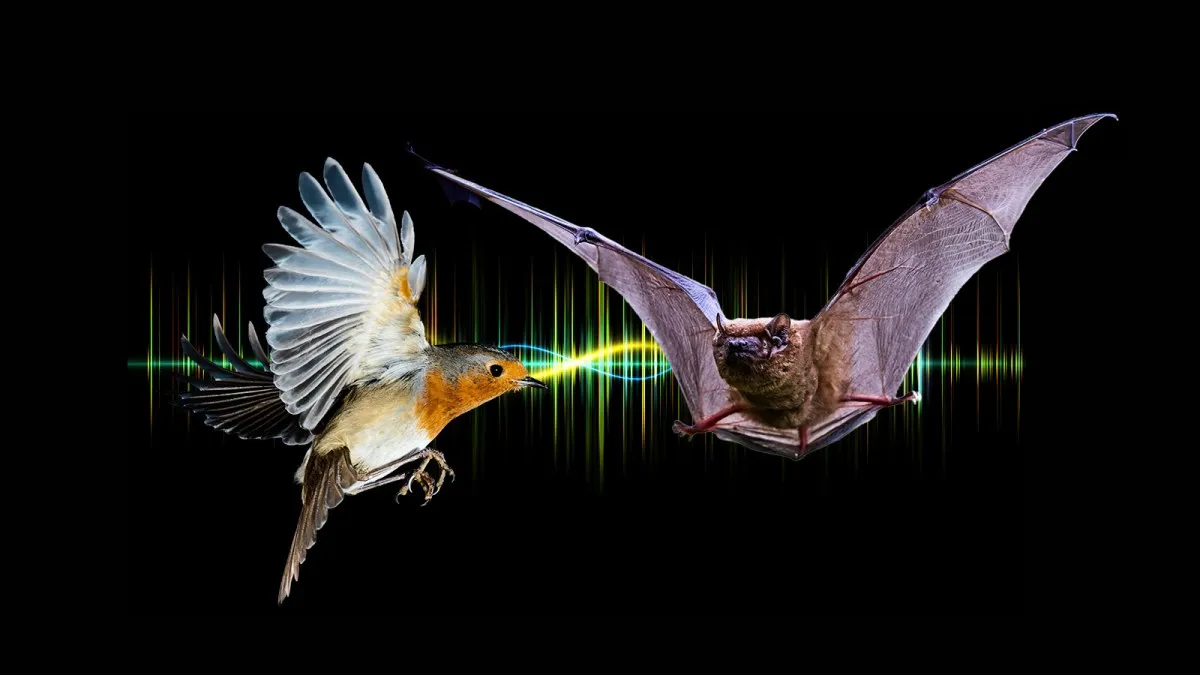
In a groundbreaking study, scientists have closely examined Europe’s largest bats to understand how these fascinating creatures effectively target their prey. This research sheds light on the intricate methods bats employ, including the capture of distress calls and even the sound of chewing, showcasing the remarkable adaptations these mammals have developed in their hunting strategies.
The study revealed that distress calls play a crucial role in the hunting behavior of these bats. By analyzing the acoustic signals produced by their prey, particularly when in distress, the bats can hone in on their targets with impressive accuracy. This ability not only highlights the sophisticated hunting methods of bats but also emphasizes the significance of sound in their ecological interactions.
Additionally, researchers discovered that bats are attuned to the sounds of chewing, which further aids them in locating food sources. The ability to detect these specific noises allows bats to differentiate between various types of prey, enhancing their foraging efficiency. This finding opens up new avenues for understanding the sensory capabilities of bats and their ecological roles in the environment.
This research not only enriches our knowledge of bat behavior but also has significant implications for bat conservation efforts. By understanding how these bats interact with their environment and prey, conservationists can develop more effective strategies to protect these vital species. Preserving their habitats and ensuring the availability of prey will be crucial for maintaining healthy bat populations across Europe.
The findings of this study contribute significantly to our understanding of bat ecology and the complex relationships within ecosystems. As scientists continue to explore the adaptations and behaviors of these remarkable creatures, we gain valuable insights that can aid in their conservation and the preservation of biodiversity in European ecosystems.